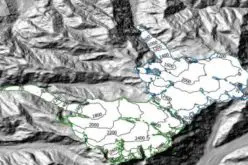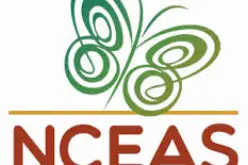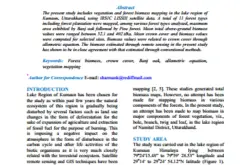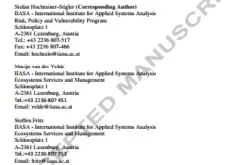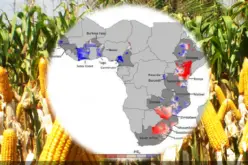Regional Equivalent Water Thickness Modeling from Remote Sensing across a Tree Cover/ LAI Gradient in Mediterranean Forests of Northern Tunisia
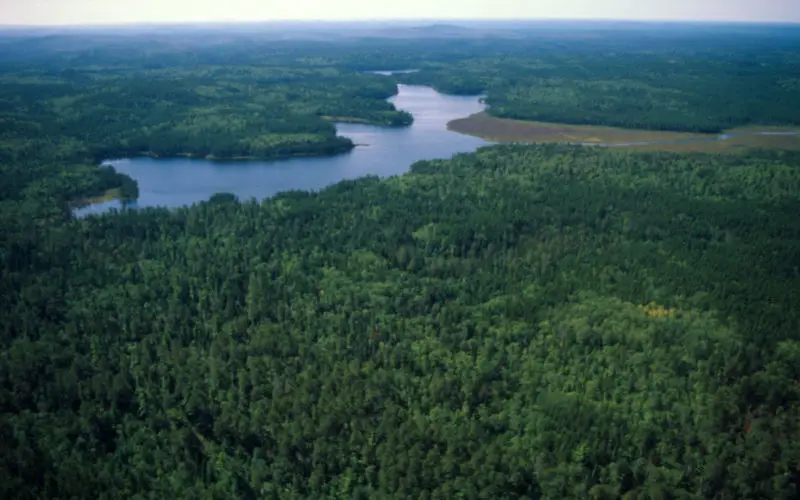
Regional Equivalent Water Thickness Modeling from Remote Sensing across a Tree Cover/LAI Gradient in Mediterranean Forests of Northern Tunisia
– Hedia Chakroun, Florent Mouillot and Abdelaziz Hamdi
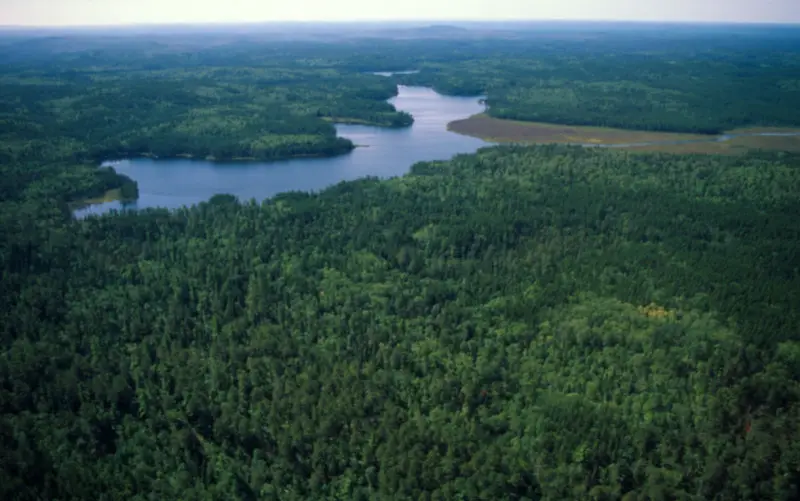 Abstract: The performance of vegetation indexes derived from moderate resolution imaging spectroradiometer (MODIS) sensors is explored for drought monitoring in the forests of Northern Tunisia; representing a transition zone between the Mediterranean Sea and the Sahara Desert. We investigated the suitability of biomass and moisture vegetation indexes for vegetation water content expressed by the equivalent water thickness (EWT) in a Mediterranean forest ecosystem with contrasted water budgets and desiccation rates. We proposed a revised EWT at canopy level (EWTCAN) based on weekly field measurements of fuel moisture in seven species during the 2010 dry period; considering the mixture of plant functional types for water use (trees; shrubs and herbaceous layers) and a varying vegetation cover. MODIS vegetation indexes computed and smoothed over the dry season were highly correlated with the EWTCAN. The performances of moisture indexes (Normalized Difference Infrared Index (NDII6 and NDII7); and Global Moisture Vegetation Index (GVMI6 and GVMI7)) were comparable; whereas; for biomass vegetation indexes; Normalized Difference Vegetation Index (NDVI); Modified Soil Adjusted Vegetation Index (MSAVI) and Adjusted Normalized Difference Vegetation Index (ANDVI) performed better than Enhanced Vegetation Index (EVI) and Soil Adjusted Vegetation Index (SAVI). We also identified the effect of Leaf Area Index (LAI) on EWTCAN monitoring at the regional scale under the tree cover/LAI gradient of the region from relatively dense to open forest. Statistical analysis revealed a significant decreasing linear relationship; indicating that for LAI less than two; the greater the LAI; the less responsive are the vegetation indexes to changes in EWTCAN; whereas for higher LAI; its influence becomes less significant and was not considered in the inversion models based on vegetation indexes. The EWTCAN time-course from LAI-adapted inversion models; based on significantly-related vegetation indexes to EWTCAN; showed close profiles resulting from the inversion models using NDVI; ANDVI; MSAVI and NDII6 applied during the dry season. The developed EWTCAN model from MODIS vegetation indexes for the study region was finally tested for its ability to capture the topo-climatic effects on the seasonal and the spatial patterns of desiccation/rewetting for keystone periods of Mediterranean vegetation functioning. Implications for further use in scientific developments or management are discussed.
Abstract: The performance of vegetation indexes derived from moderate resolution imaging spectroradiometer (MODIS) sensors is explored for drought monitoring in the forests of Northern Tunisia; representing a transition zone between the Mediterranean Sea and the Sahara Desert. We investigated the suitability of biomass and moisture vegetation indexes for vegetation water content expressed by the equivalent water thickness (EWT) in a Mediterranean forest ecosystem with contrasted water budgets and desiccation rates. We proposed a revised EWT at canopy level (EWTCAN) based on weekly field measurements of fuel moisture in seven species during the 2010 dry period; considering the mixture of plant functional types for water use (trees; shrubs and herbaceous layers) and a varying vegetation cover. MODIS vegetation indexes computed and smoothed over the dry season were highly correlated with the EWTCAN. The performances of moisture indexes (Normalized Difference Infrared Index (NDII6 and NDII7); and Global Moisture Vegetation Index (GVMI6 and GVMI7)) were comparable; whereas; for biomass vegetation indexes; Normalized Difference Vegetation Index (NDVI); Modified Soil Adjusted Vegetation Index (MSAVI) and Adjusted Normalized Difference Vegetation Index (ANDVI) performed better than Enhanced Vegetation Index (EVI) and Soil Adjusted Vegetation Index (SAVI). We also identified the effect of Leaf Area Index (LAI) on EWTCAN monitoring at the regional scale under the tree cover/LAI gradient of the region from relatively dense to open forest. Statistical analysis revealed a significant decreasing linear relationship; indicating that for LAI less than two; the greater the LAI; the less responsive are the vegetation indexes to changes in EWTCAN; whereas for higher LAI; its influence becomes less significant and was not considered in the inversion models based on vegetation indexes. The EWTCAN time-course from LAI-adapted inversion models; based on significantly-related vegetation indexes to EWTCAN; showed close profiles resulting from the inversion models using NDVI; ANDVI; MSAVI and NDII6 applied during the dry season. The developed EWTCAN model from MODIS vegetation indexes for the study region was finally tested for its ability to capture the topo-climatic effects on the seasonal and the spatial patterns of desiccation/rewetting for keystone periods of Mediterranean vegetation functioning. Implications for further use in scientific developments or management are discussed.Keywords: equivalent water thickness; biomass vegetation indexes; moisture vegetation indexes; moderate resolution imaging spectroradiometer (MODIS); leaf area index (LAI); Mediterranean forests


